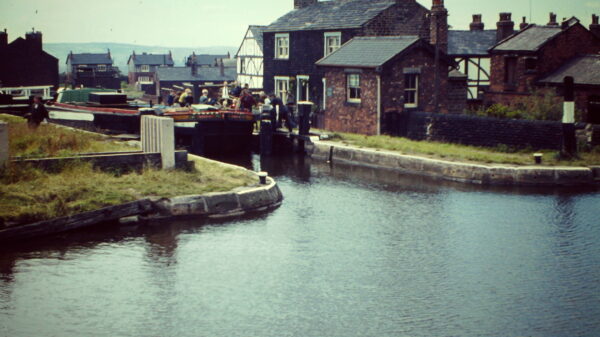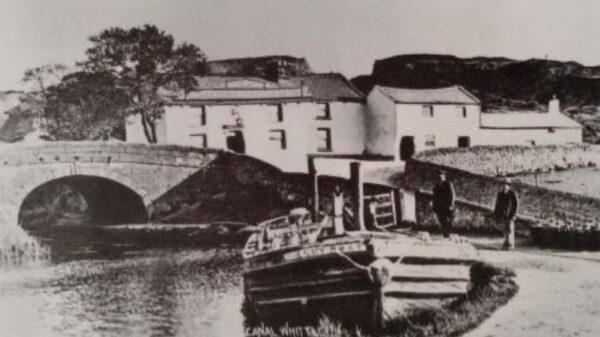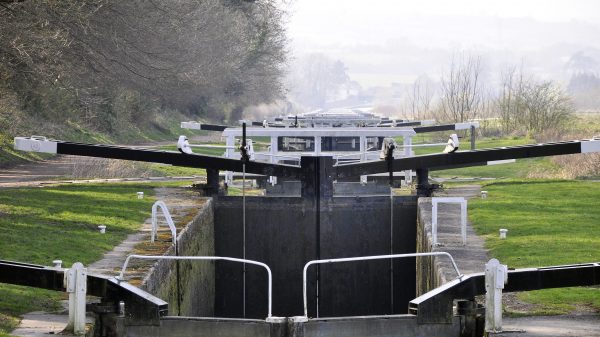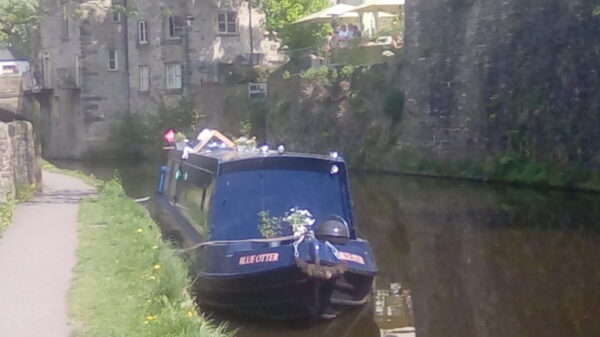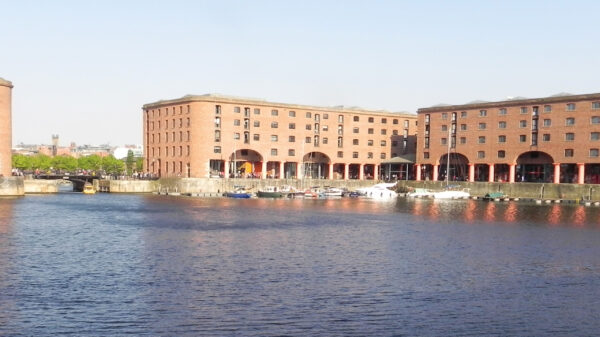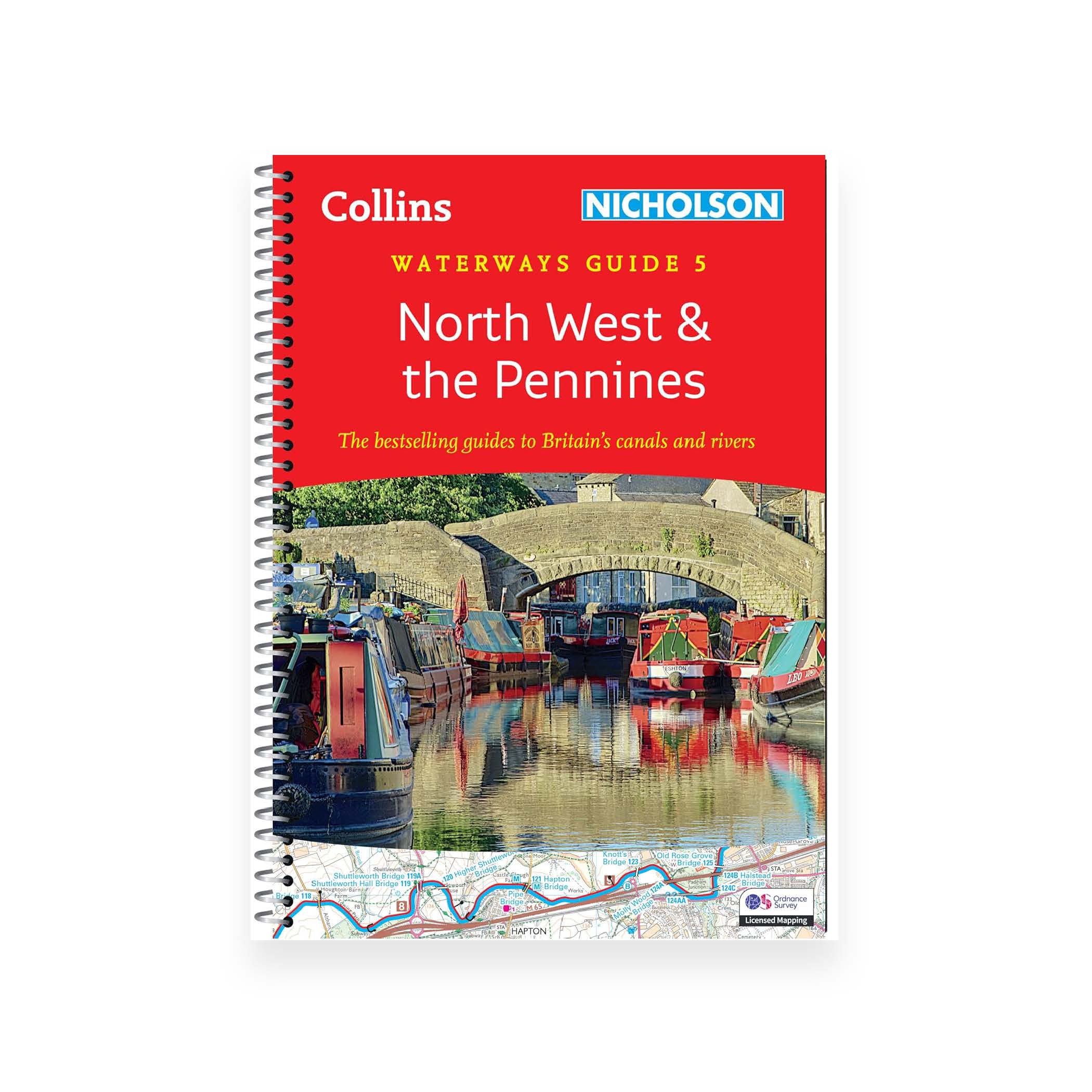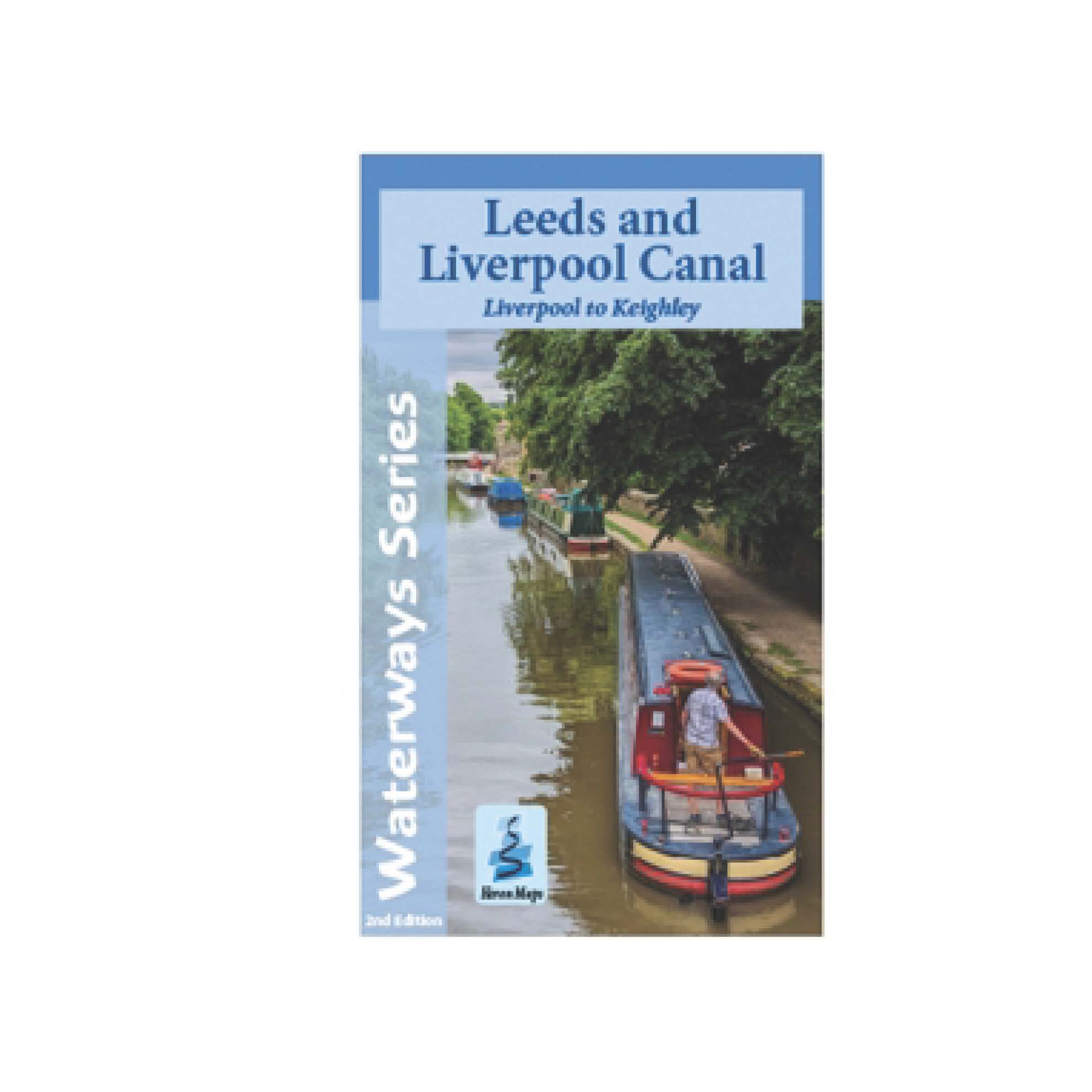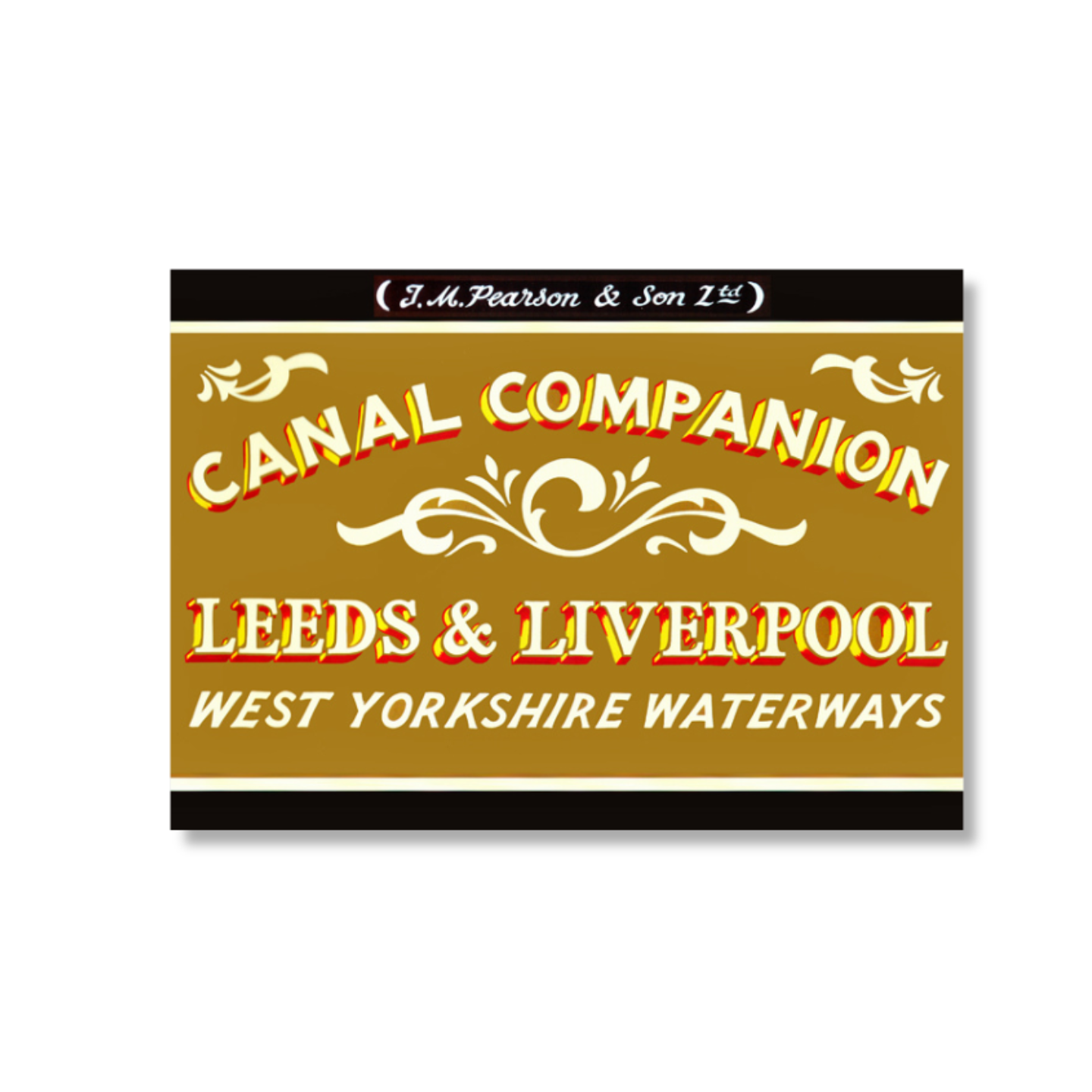From Leeds to the River Mersey, Liverpool
The Leeds & Liverpool Canal took forty years to complete and was opened in 1816. The building of this canal between Leeds and Liverpool connected these cities with Hull via an inland route and formed part of a passage between the Irish and North seas. The Leeds & Liverpool is a broad canal and allows access for Yorkshire keels to travel over the Pennines. Yorkshire merchants were keen to obtain lime and limestone from the Craven District to fertilise agricultural land and to produce a mortar to increase the size and height of buildings used for weaving. The canal also provided access to export routes to markets in Africa and America, via Liverpool and enabled a supply of coal from Wigan to Liverpool.
There are five branches:
- Rufford Branch – 7.25 miles (11.7 km) and 8 locks – runs to the River Douglas Navigation.
- Leigh Branch – 7.5 miles (12.1 km) and 2 locks – runs to the Leigh Branch of the Bridgewater Canal.
- Springs Branch – 0.5 miles (0.8 km) – in Skipton
- Stanley Docks Branch – 0.3 miles (0.5 km) and 4 locks – runs to the River Mersey via the Liverpool Link.
- Walton Summit Branch – now closed and filled in – near Wheelton.

